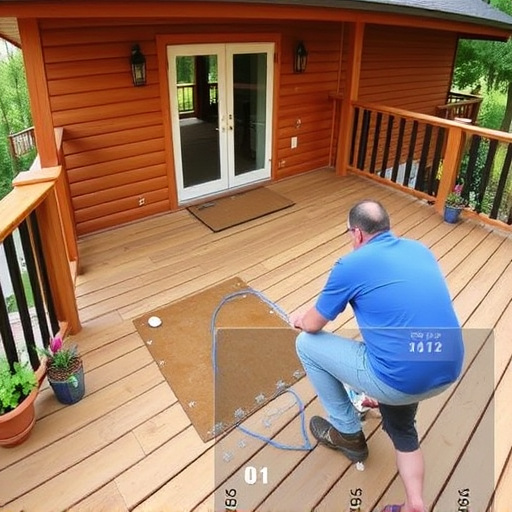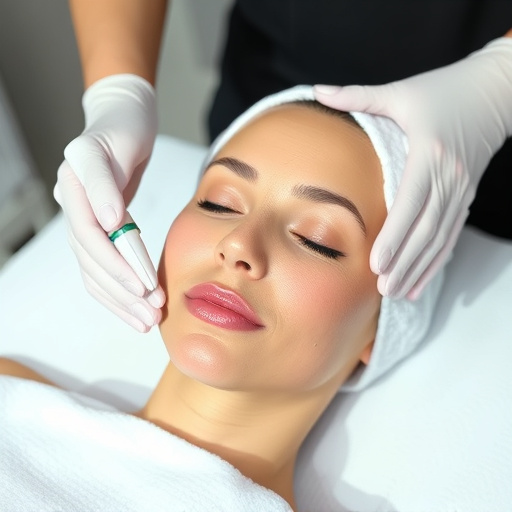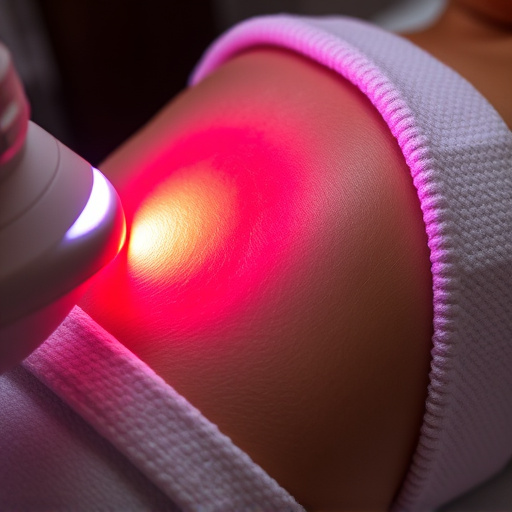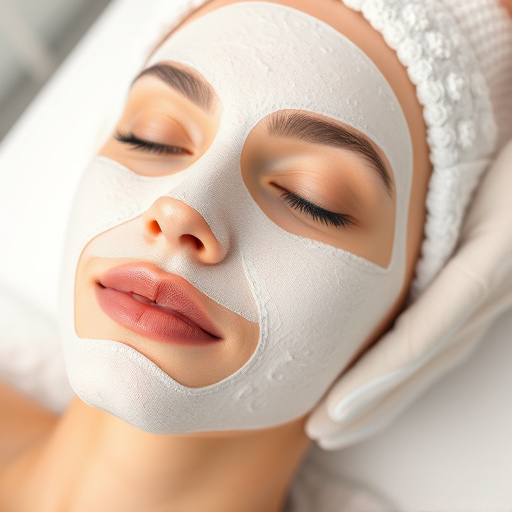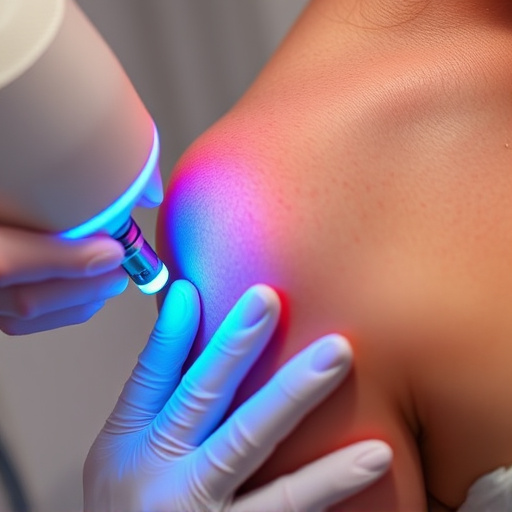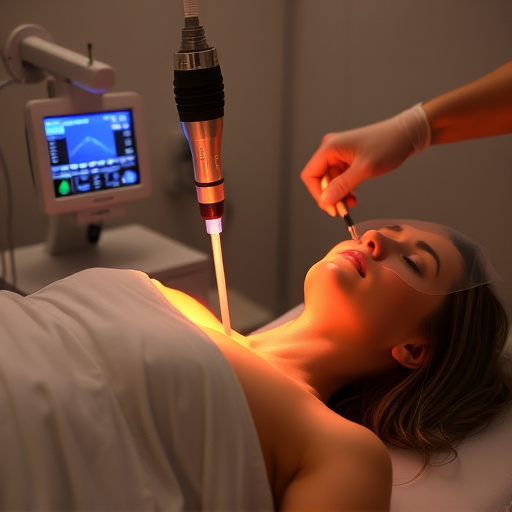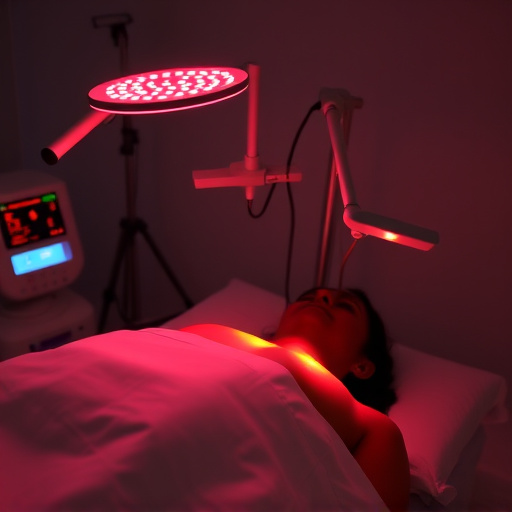Before starting acne scar treatment, identify your scar type (shallow vs deep) and severity for tailored approaches. Prepare documents detailing previous treatments and diagnoses for smooth communication with a dermatologist. For 2-3 weeks prior, use gentle skincare with hydrating serums and exfoliants to maximize treatment success. Avoid harsh treatments or excessive sun exposure for better healing results.
Acne scars can impact self-confidence, but understanding your scar type and gathering the right information before your treatment session is crucial for optimal results. This guide will walk you through essential steps, from identifying your scar severity to preparing your skin. By understanding the process and what to expect, you’ll be better equipped to navigate your acne scar treatment journey. Key aspects include knowing your medical history and ensuring your skin is ready for the chosen procedure, whether it’s a filler, laser, or surgical option.
- Understand Your Acne Scar Type and Severity
- Gather Necessary Documents and Medical History
- Prepare Your Skin for Optimal Treatment Results
Understand Your Acne Scar Type and Severity

Before diving into any acne scar treatment session, it’s crucial to understand your specific situation. Acne scars come in various types and severities, from superficial depressions to deeper atrophic scars. Identifying your scar type is essential as it dictates the most effective course of action for your acne scar treatment.
For instance, micro-needling can stimulate collagen production for shallow scars, while chemical peels or laser therapy might be more suitable for deeper ones. Knowing the severity and type helps tailor facial treatments to promote skin health and even out complexions, potentially leading to improved skin brightening results.
Gather Necessary Documents and Medical History
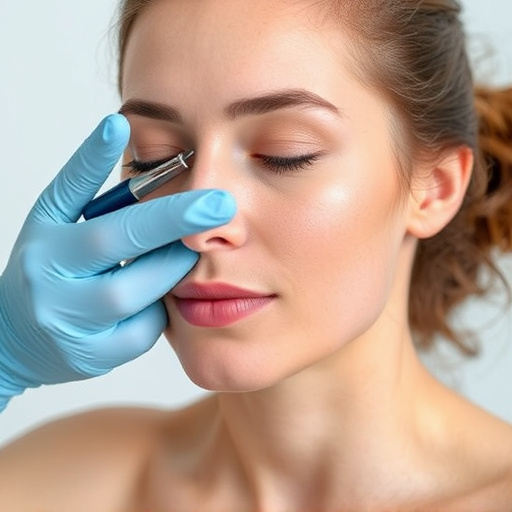
Before your acne scar treatment session, it’s crucial to gather all necessary documents and medical history. This includes previous diagnoses, a detailed account of your skin condition, and any medications or treatments you’ve undergone in the past. Your dermatologist will need this information to tailor a suitable plan for your skin rejuvenation process. It’s important to be as comprehensive as possible to ensure the best outcomes for your acne scar treatment.
Additionally, consider bringing along any notes from previous consultations or referrals related to aesthetic treatments. This step will help facilitate smooth communication with your healthcare provider, ensuring they have a complete understanding of your medical history and can offer the most effective solutions for body contouring.
Prepare Your Skin for Optimal Treatment Results

To achieve optimal results from your acne scar treatment session, it’s crucial to prepare your skin beforehand. This involves a few simple yet effective steps. Start by maintaining a consistent skincare routine for at least 2-3 weeks before your appointment. Use gentle, non-irritating cleansers and moisturizers to avoid aggravating your skin. Additionally, incorporate hydrating serums and exfoliants into your regimen to promote cell turnover and prepare the skin for deeper treatments like customized facials or skin tightening procedures.
During this period, avoid aggressive exfoliation methods and intense sun exposure, as these can cause further damage or sensitivity. Instead, focus on calming and nourishing your skin. Remember, a well-prepared skin surface enhances the effectiveness of acne scar treatment, ensuring better healing and more pronounced results.
Preparing for your acne scar treatment session involves understanding your skin, gathering essential documents, and optimizing your skincare routine. By thoroughly addressing these aspects, you’ll ensure a successful outcome for your acne scar treatment, leading to clearer, healthier-looking skin. Remember, open communication with your dermatologist is key throughout the process.
